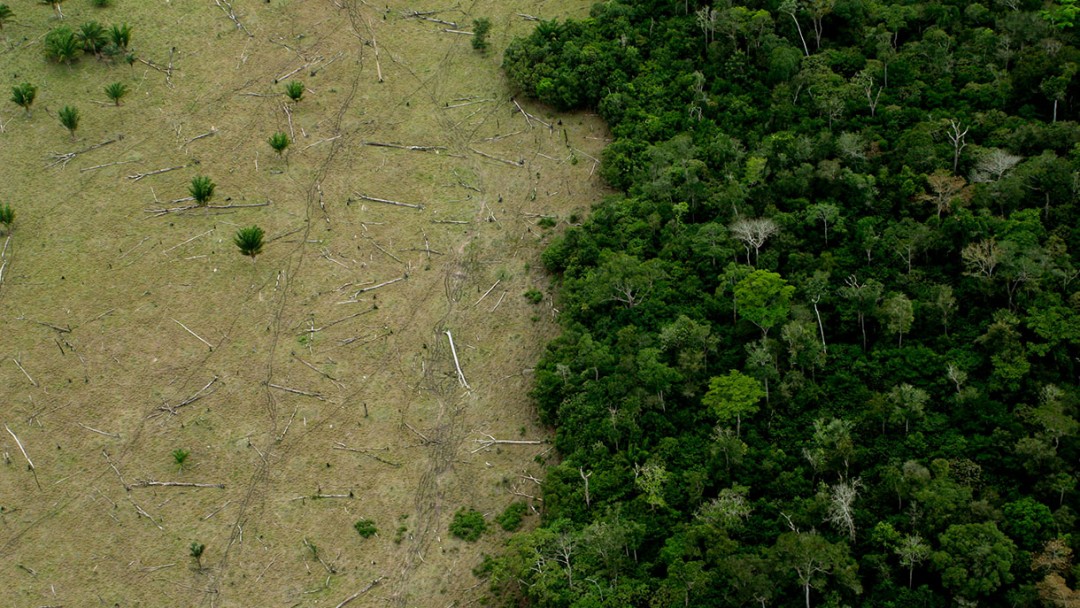
The financial sector needs to become greener so that investments increase in environmentally and climate-friendly technologies and decrease in backward-oriented solutions. KfW promotes this process by consistently developing and applying innovative financial products.
One central task over the next few years is: transforming the economy as quickly as possible. This applies to power generation and housing construction, to mobility and agriculture – to nearly every area of life. It will require major investments in green technologies. For the energy sector alone, some USD 2.4 trillion will be needed each year according to estimates by the Intergovernmental Panel on Climate Change. Other sources have presumed in more general terms that we have to go from “billions to trillions”, meaning the need to mobilise enormous sums to achieve the UN Sustainable Development Goals.
This process is already under way. All promotional and development banks have now created climate portfolios. This also applies to KfW Development Bank, which has continually increased its investments in this area over the past several years and most recently contributed EUR 4.8 billion. In 2009 the sum was around EUR 0.9 billion. In addition to direct investments in green infrastructure like renewable energy sources or public transport, it is also necessary to expand the range of green instruments so the scarce public resources can have the greatest possible effect. This includes, among the more traditional products with which KfW has a lot of experience, credit lines that can be used to create incentives for purposes such as energy-efficient construction. But it also includes funds like the eco.Business Fund in Latin America, which supports green business practices. It promotes companies that use sustainable methods to make their products, for example in forestry, coffee farming, or within the scope of sustainable tourism. The fund has become so successful in Latin America that it is currently opening an additional branch in Africa. Acting on behalf of the BMZ, KfW is also one of the founders of the Caribbean Biodiversity Fund (CBF), which promotes conservation in the Caribbean, a region particularly hard-hit by climate change. In addition, KfW is a forerunner in insurance schemes as they are now available in Africa or in small island nations in the Pacific. For example, these insurances can help nations affected by extreme weather events to quickly access funds after a catastrophe and thus limit economic damages or accelerate the rebuilding process. KfW was among the initiators of the African Risk Capacity (ARC), which helps African Union member countries hedge against the effects of droughts. The intention is to lessen African countries’ vulnerability to climate risks.
KfW also does an innovative job in the field of green bonds, playing a dual role as an issuer and an investor. These are bonds whose revenue is used for climate change mitigation and environmental protection projects. They help to mobilise private capital, making it possible to finance an increasing portion of the necessary climate investments. They are still niche products, but the market is growing: the annual amount of new emissions has quadrupled since 2014 and was EUR 110 billion in 2018. So far KfW has issued green bonds amounting to over EUR 22 billion and is thus among the largest issuers on the global market. The ability to combine investments in sustainability and climate change mitigation with the liquidity and security of KfW bonds is being very well received. Furthermore, KfW has already invested EUR 1.5 billion in green bonds from other market participants as part of its own green bond portfolio. The fact that financial markets are on the move is also shown by diverse associations and committees like the International Development Finance Club (IDFC). 24 development banks have since joined this club, including KfW. The members share the vision of a sustainable future while simultaneously reducing poverty. Together they provided a total volume of USD 670 billion for green financing between 2015 and 2018. KfW is committed to making financial markets greener in two ways: as a promotional bank that supports green projects throughout the world, and as a financial institution that has put itself on a clear course towards sustainability in its own banking operations. In light of the enormous sums that need to be raised to overcome global warming, the issue is at the very top of KfW’s agenda.
Share page
To share the content of this page with your network, click on one of the icons below.
Note on data protection: When you share content, your personal data is transferred to the selected network.
Data protection
Alternatively, you can also copy the short link: https://www.kfw-entwicklungsbank.de/s/enzBXVuF
Copy link Link copied